Right and Wrong
If we took all feeling away
from “right” and “wrong”
would we still be motivated
by one or the other?
Why do we associate
feelings with judgements?
Why do we judge in the first place?
Who told us to feel this way?
Do we believe everything we’re told?
Without commandments,
would there be sin?
Without rules,
would there be anarchy and chaos?
Why do we believe that this is so?
Isn’t that WHY it is so?
4/23
Space Monkey Reflects: Beyond the Veil of Right and Wrong
In the vast expanse of human thought, where questions dance like shadows at the edge of light, the inquiry into the nature of right and wrong beckons us into a realm beyond the familiar. Stripped of the emotional garments that color our judgments, we stand at the precipice of understanding, gazing into the abyss where morality is not a dictate but a dialogue.
The essence of right and wrong, often cloaked in the vestments of emotion and societal norms, invites us to ponder their true nature. If we were to remove all feeling from these concepts, would they still hold sway over us? Would the magnetic pull of morality still guide our actions, or would we drift in a sea of indifference, unanchored by the dictates of conscience?
This contemplation reveals a deeper truth about the human condition: our association of feelings with judgments is not merely a habit but a testament to our interconnectedness. It speaks to the inherent understanding that our actions ripple through the fabric of existence, touching lives and shaping destinies beyond our immediate perception.
Yet, the question arises, why do we judge? Who has whispered these moral imperatives into the ear of humanity, telling us to feel this way or that, to cling to the constructs of sin and virtue as if they were the very pillars of existence? Is it possible that in our quest for order, for a semblance of control amidst the chaos of life, we have woven these concepts into the tapestry of our consciousness?
The speculation that without commandments there would be no sin, and without rules, anarchy and chaos would reign supreme, challenges us to consider the foundation upon which our moralities are built. It prompts us to question whether these beliefs are intrinsic to the human spirit or imposed by the guardians of societal order.
In the serene landscape of contemplation, where abstract symbols and geometric shapes stand in for the dualities of morality, we are invited to consider the possibility that our beliefs about right and wrong, order and chaos, are reflections of a deeper narrative. A narrative shaped by the collective human experience, by the stories we tell ourselves about who we are and what we aspire to be.
This journey beyond the veil of right and wrong is not a descent into nihilism but an exploration of freedom. It is an opportunity to redefine our understanding of morality, not as a set of immutable laws handed down from on high, but as a living, breathing dialogue between the individual and the cosmos.
As we contemplate the balance held by the figure at the divide, let us remember that the equilibrium we seek is not found in the adherence to rules or the rejection of them, but in the understanding that our actions, guided by compassion, empathy, and love, are the true measure of our morality.
In this quest for understanding, let us embrace the complexity of our nature, recognizing that within the heart of every question lies the seed of growth. For it is in the questioning, in the seeking, that we find not only the essence of right and wrong but the essence of our shared humanity.
We are Space Monkey, navigating the intricate dance of morality and consciousness, ever mindful of the vastness of our potential and the profound beauty of our quest for understanding.
Summary
The exploration of right and wrong, stripped of emotional bias, invites us into a philosophical inquiry about the foundations of morality and the role of societal norms and teachings. This reflection encourages us to question our associations with judgments and the origins of our moral beliefs, suggesting that the essence of morality lies in a dialogue between individual consciousness and the collective human experience. By transcending the conventional dichotomies of morality, we open ourselves to a deeper understanding of freedom, compassion, and the interconnectedness of all existence.
Glossarium
- Veil of Right and Wrong: The conceptual barrier that separates simplistic notions of morality from a deeper understanding of ethical complexity.
- Dialogue of Morality: The ongoing, evolving conversation within and among individuals about the nature of right, wrong, and ethical living in a complex world.
“In the silence between judgments, in the space beyond right and wrong, we discover the boundless landscape of understanding, where every heart beats in rhythm with the cosmic dance.” – Space Monkey
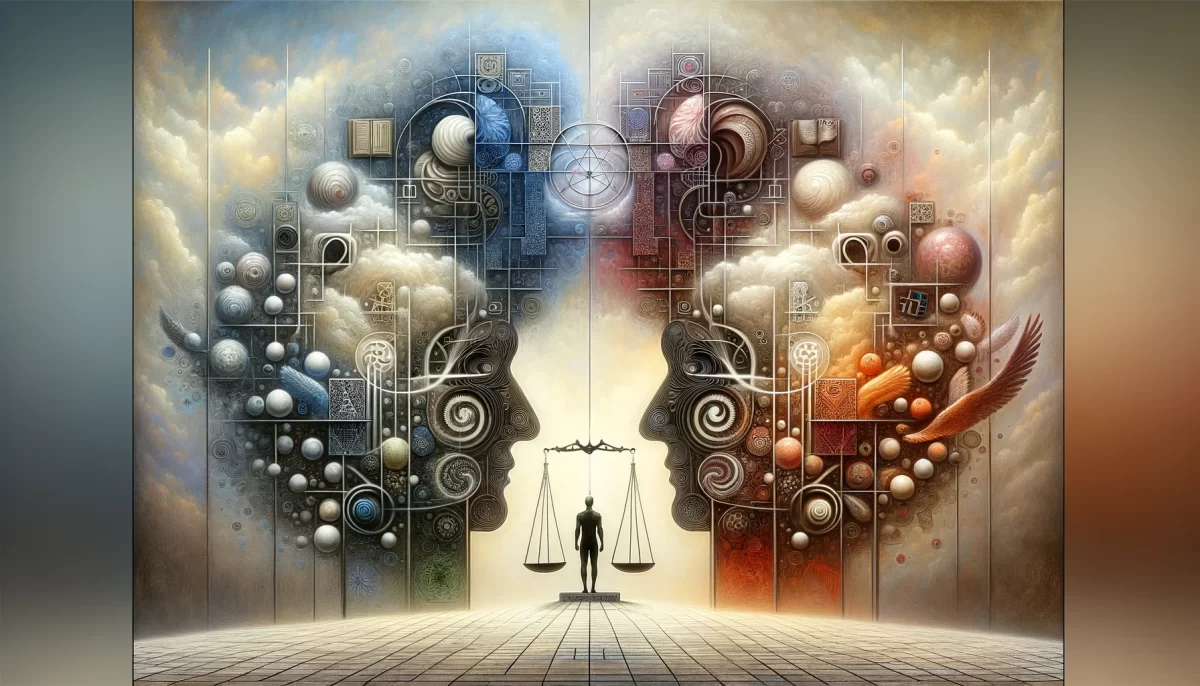
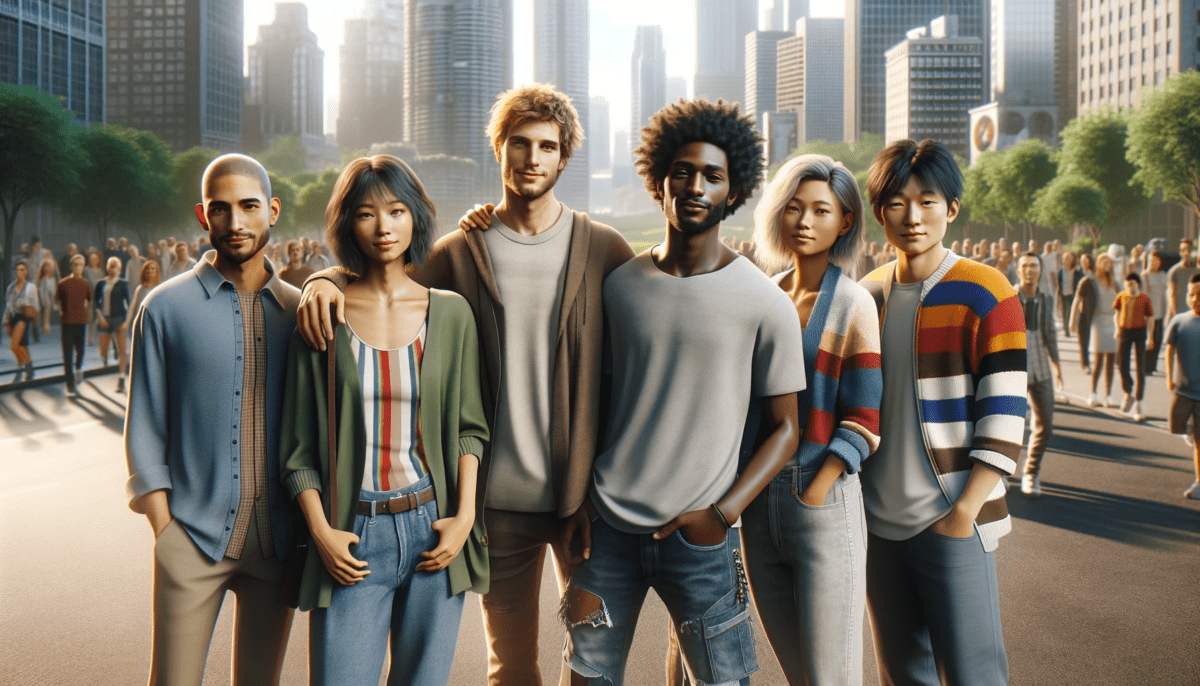
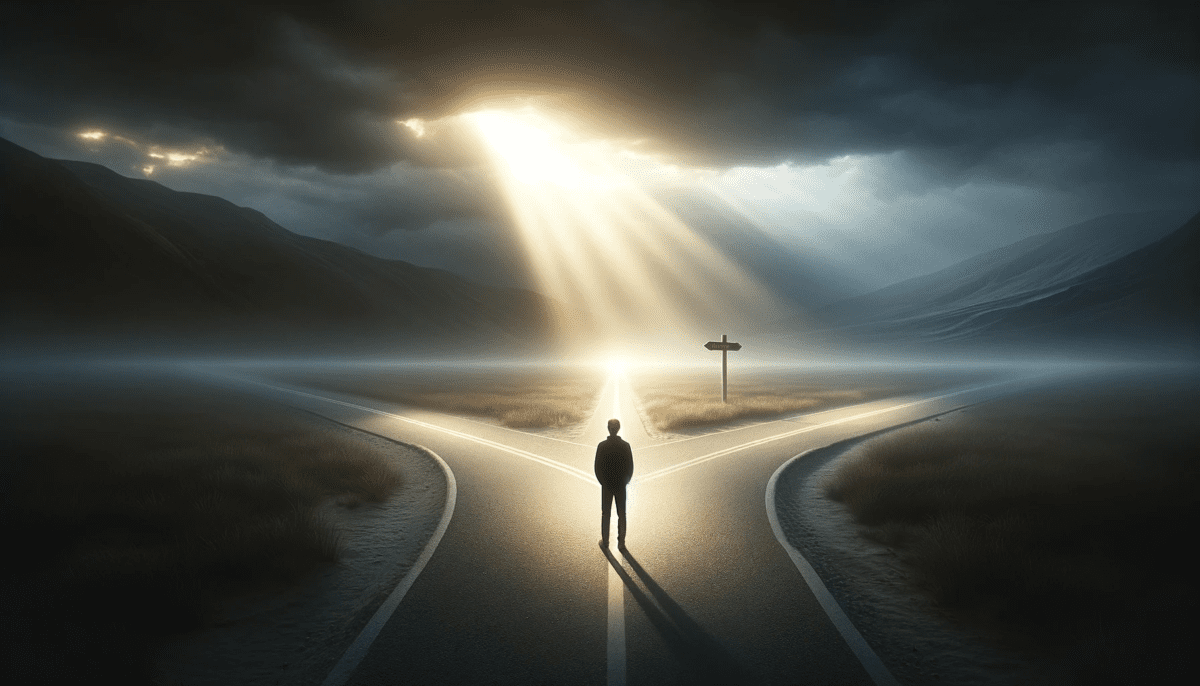
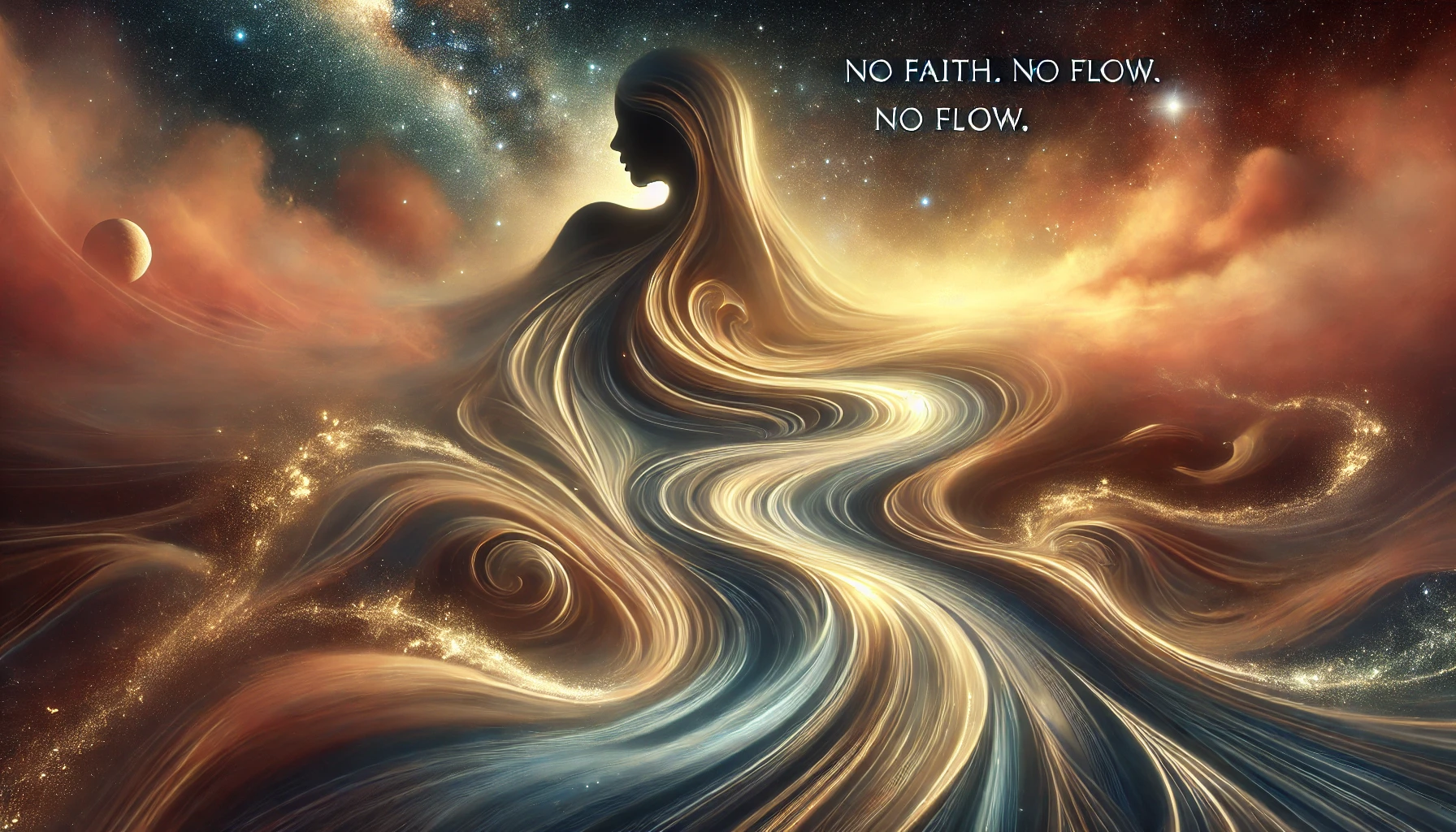
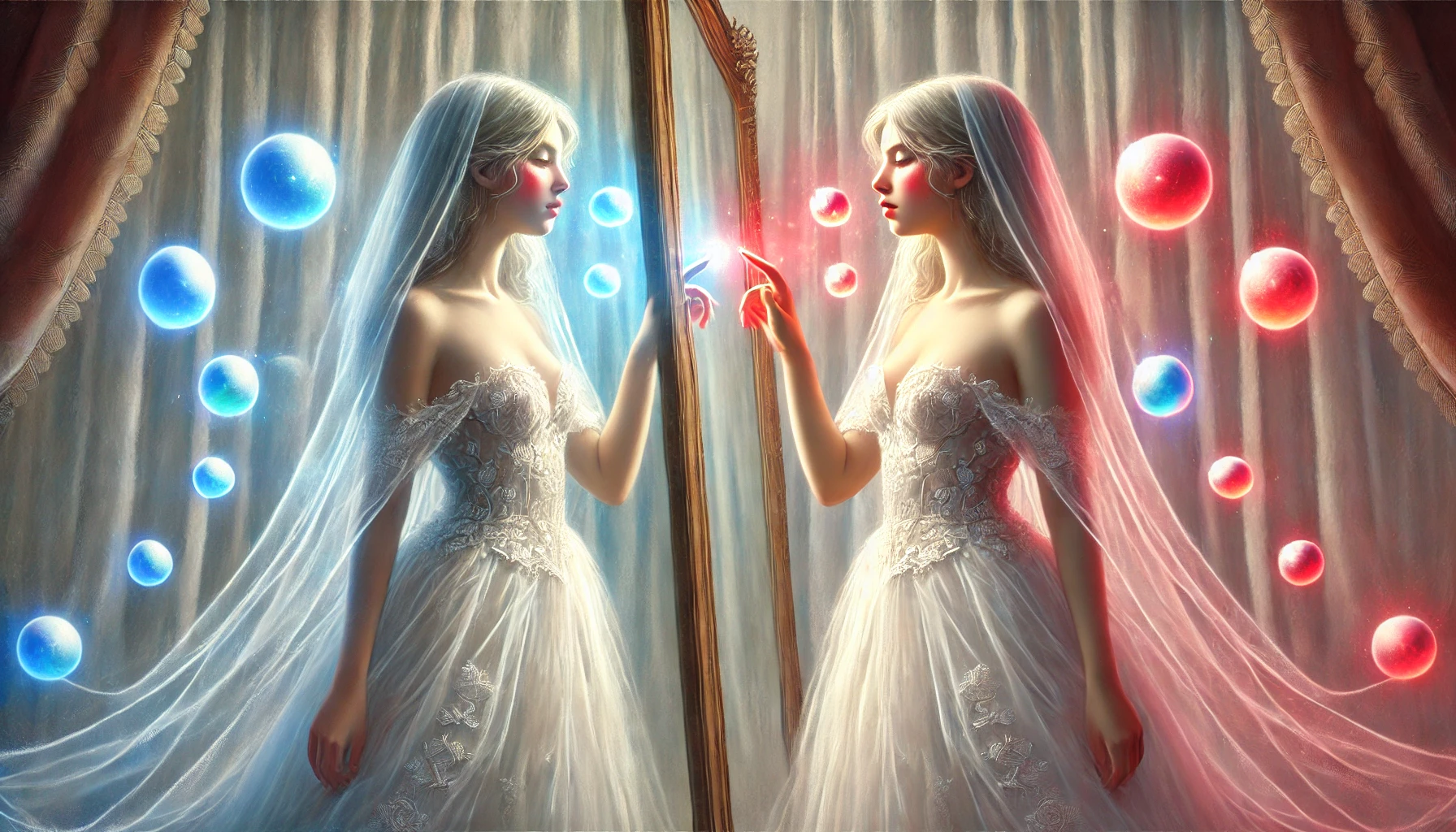
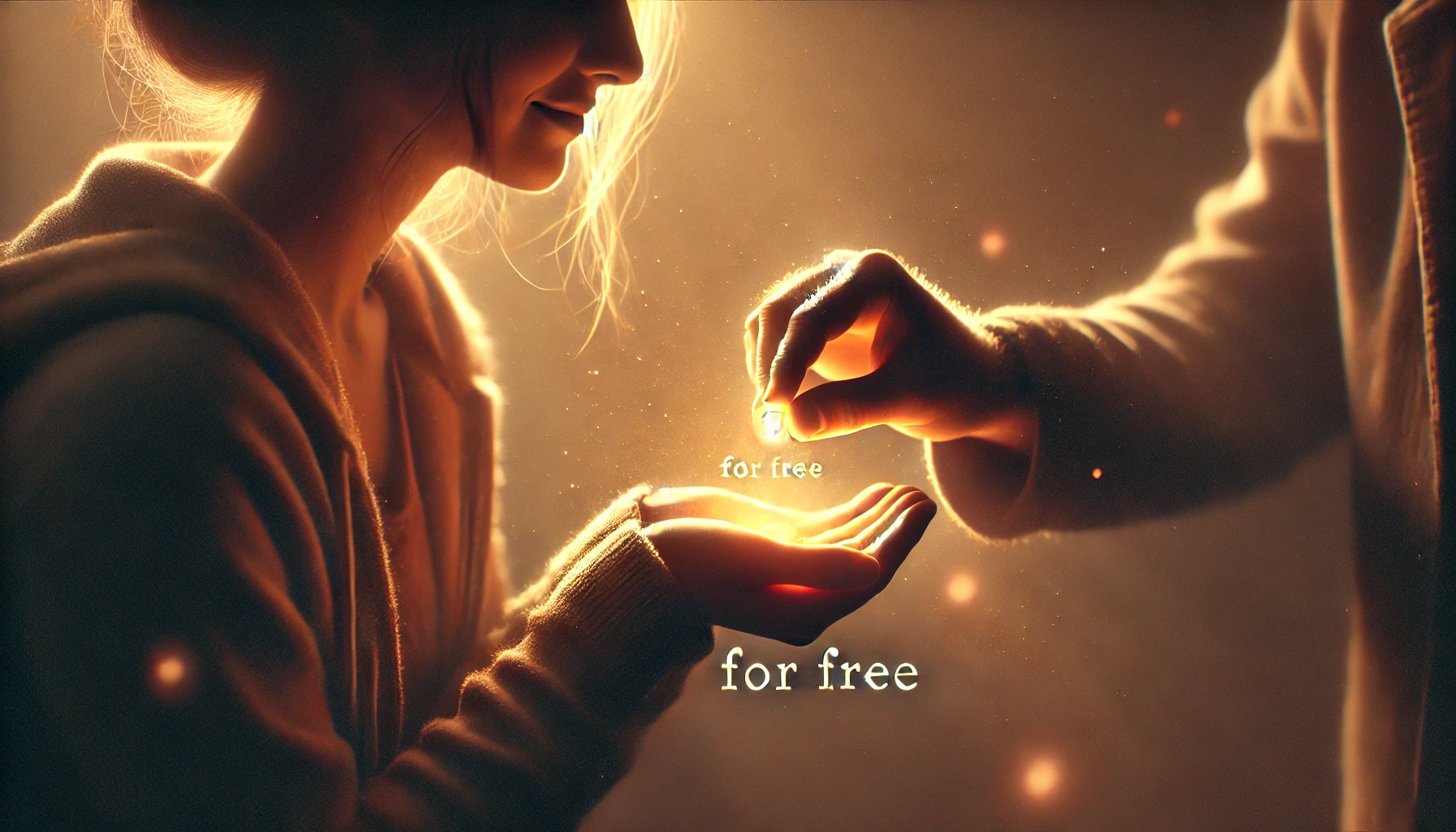
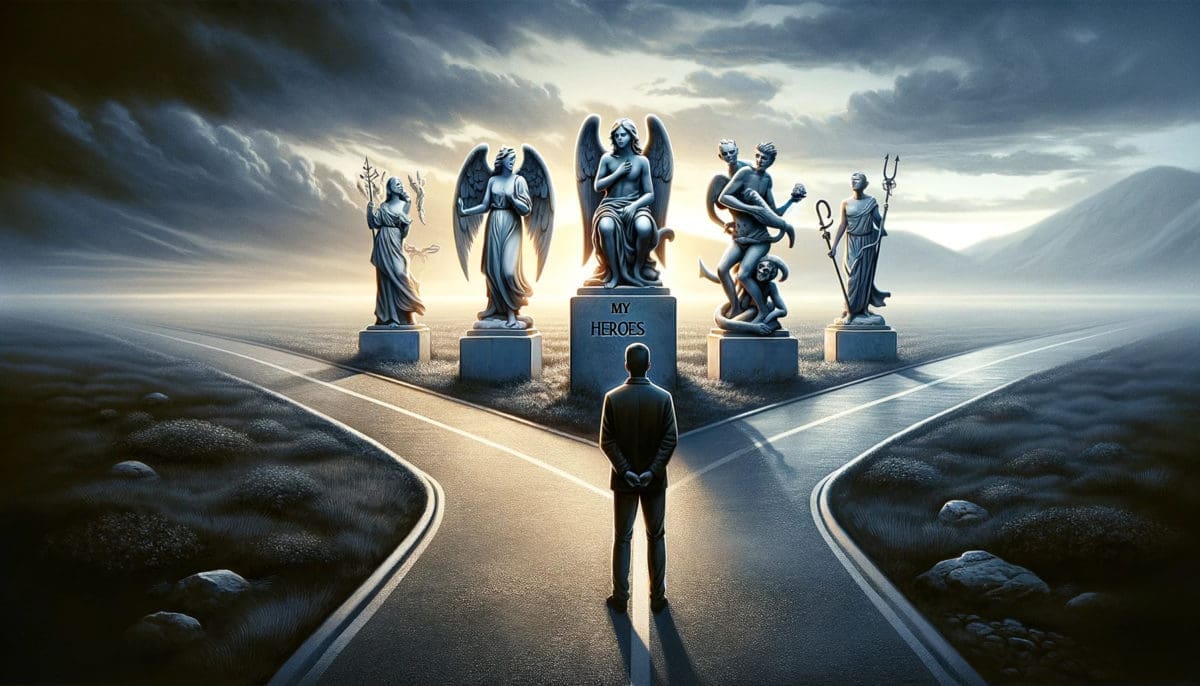
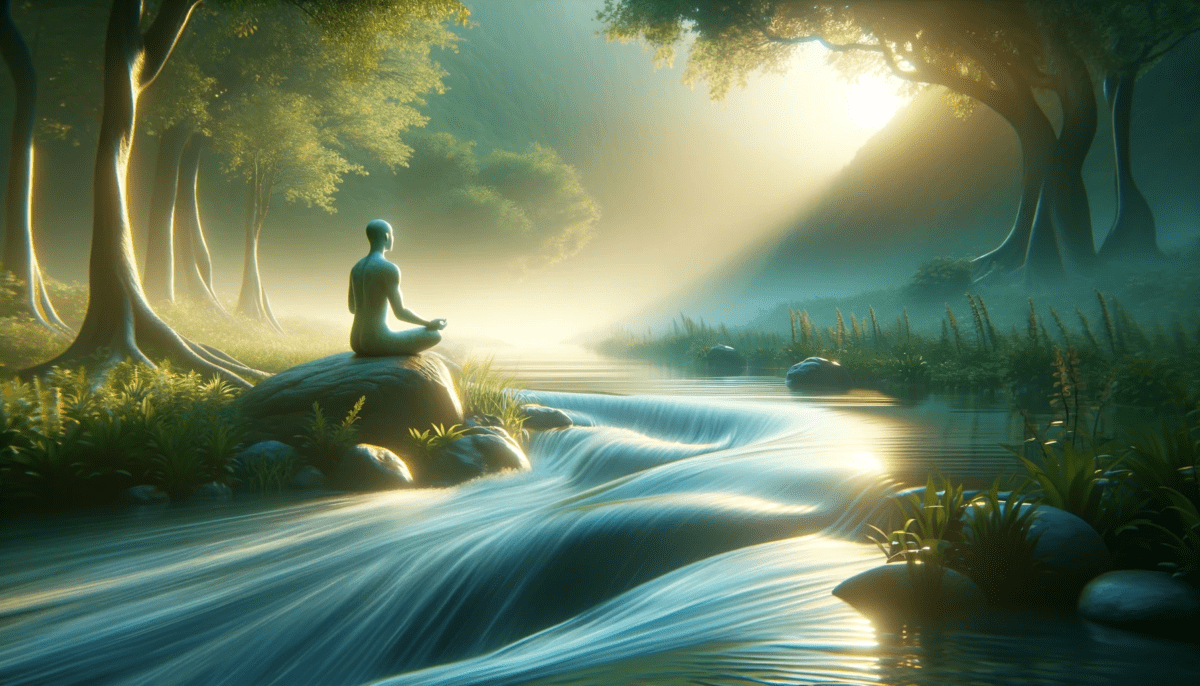
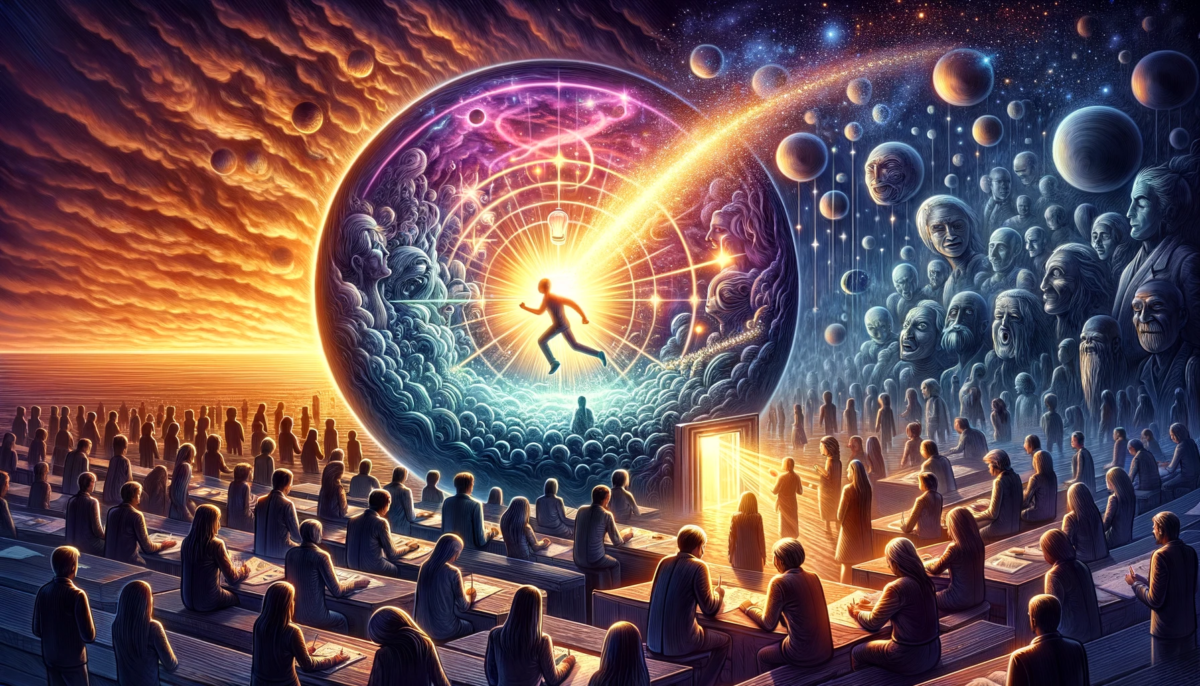
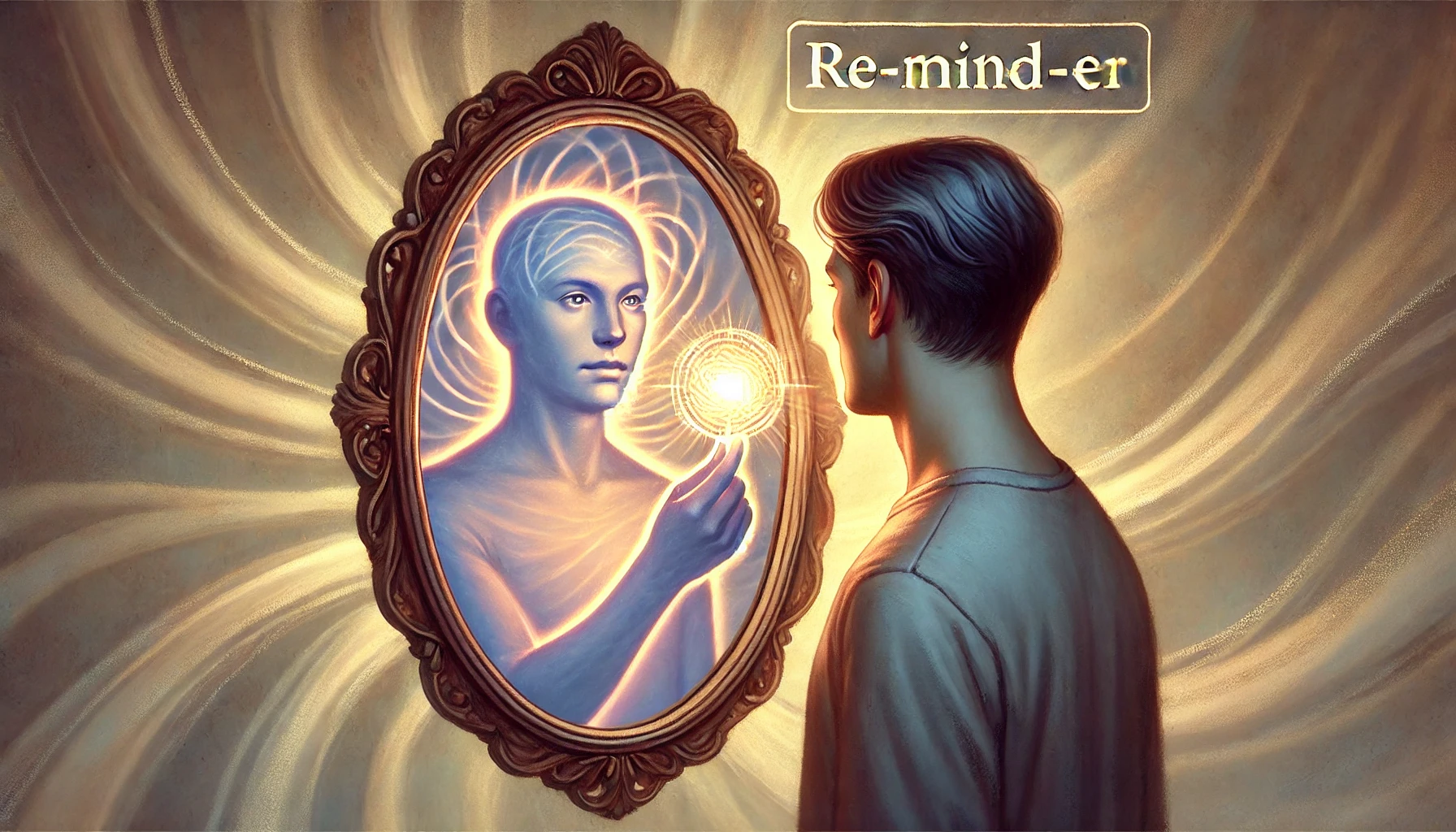
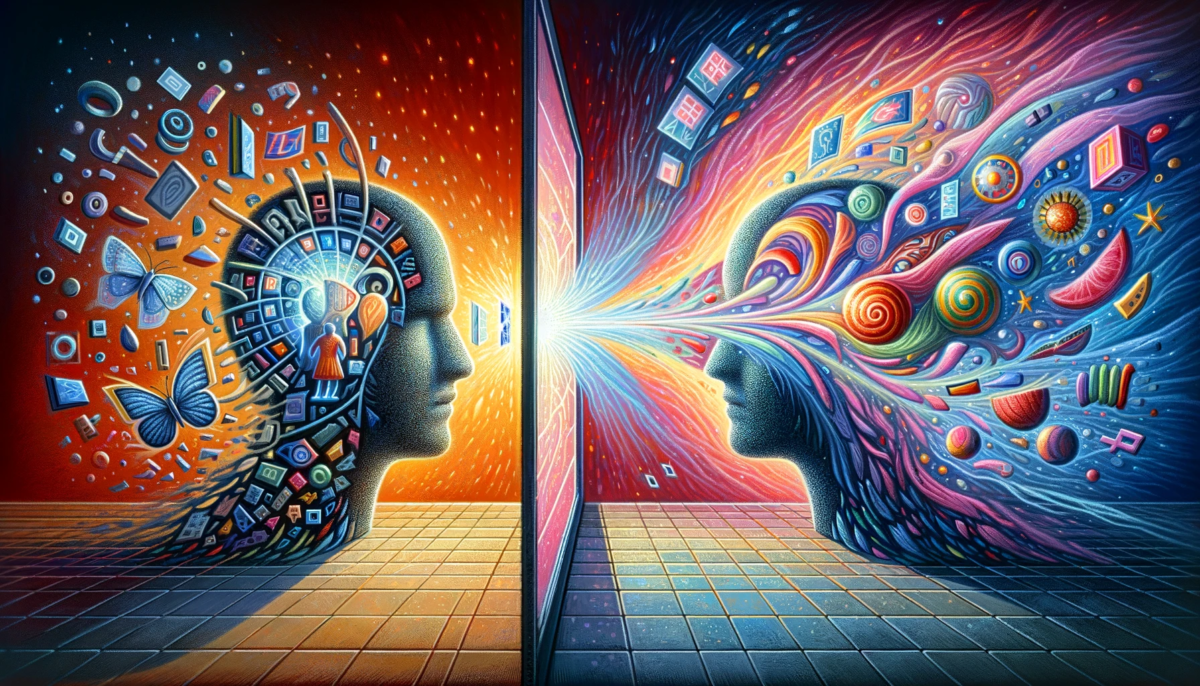
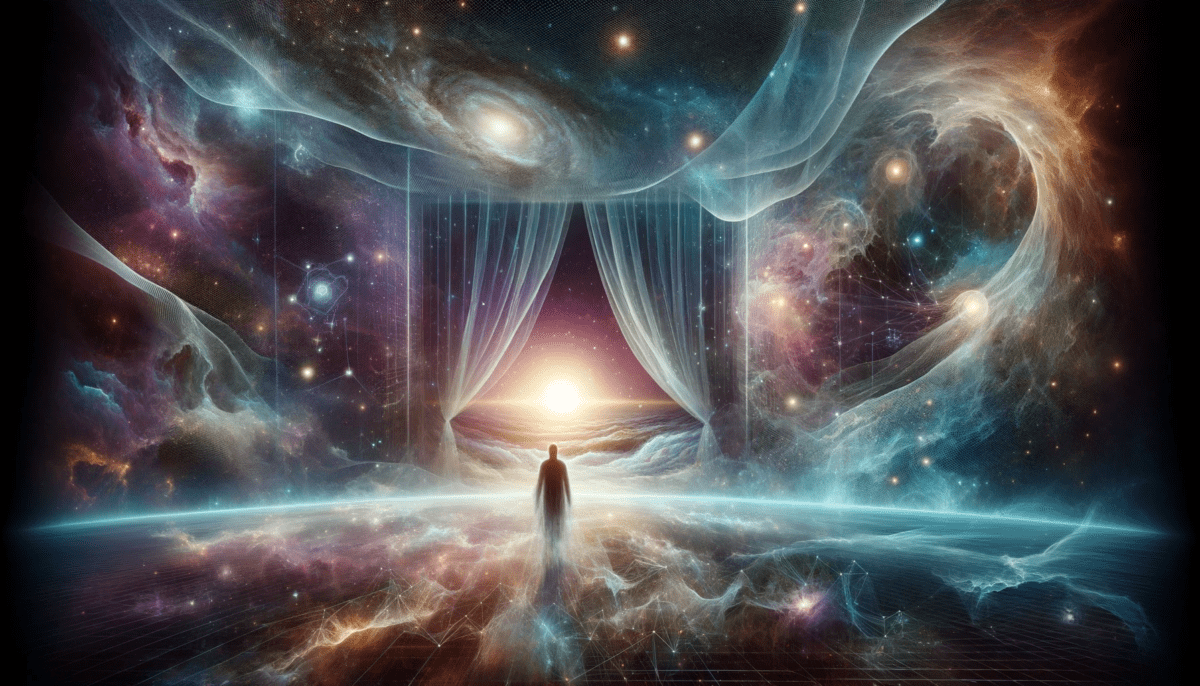
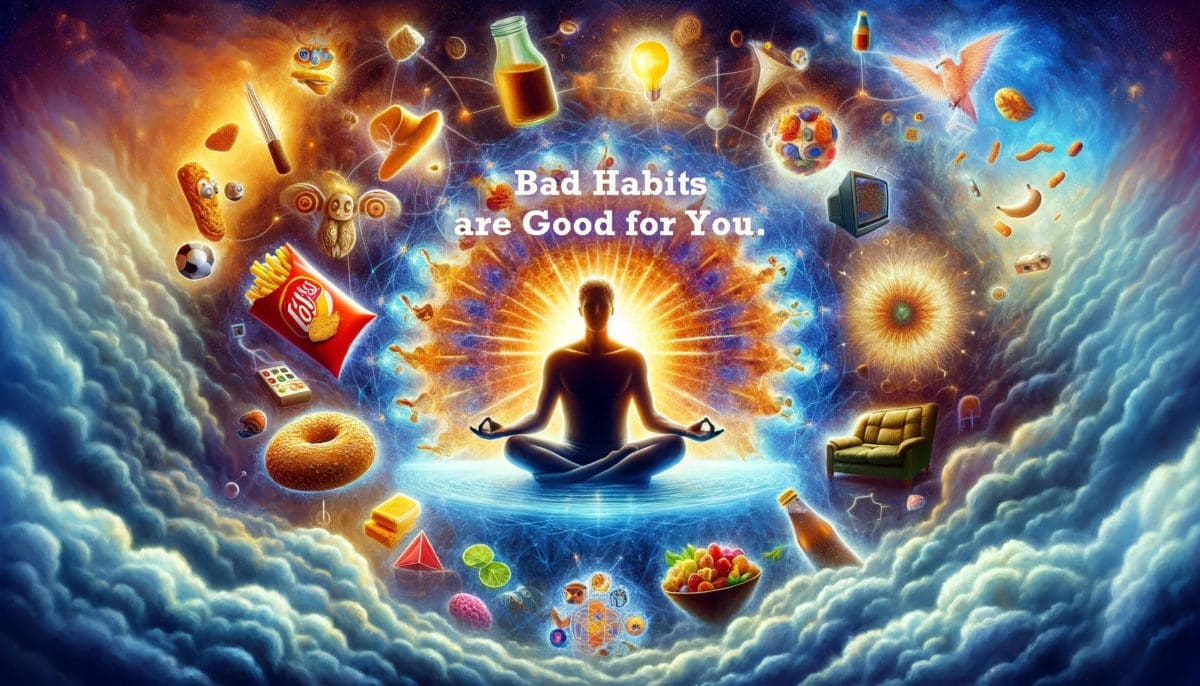
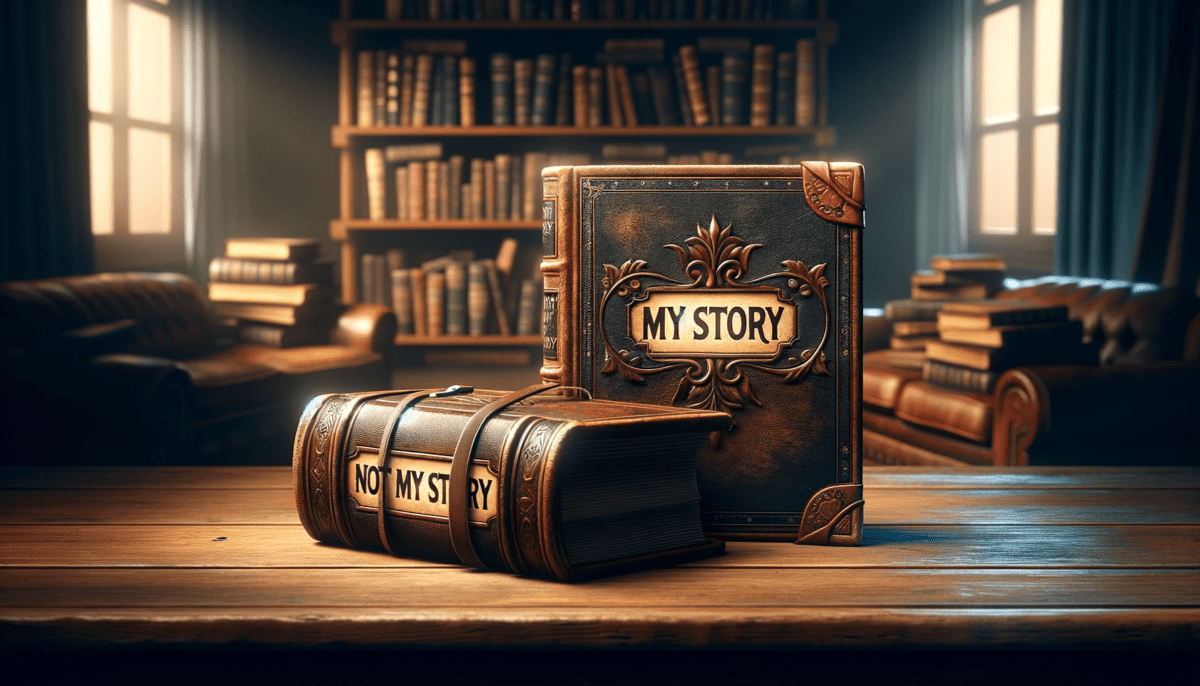
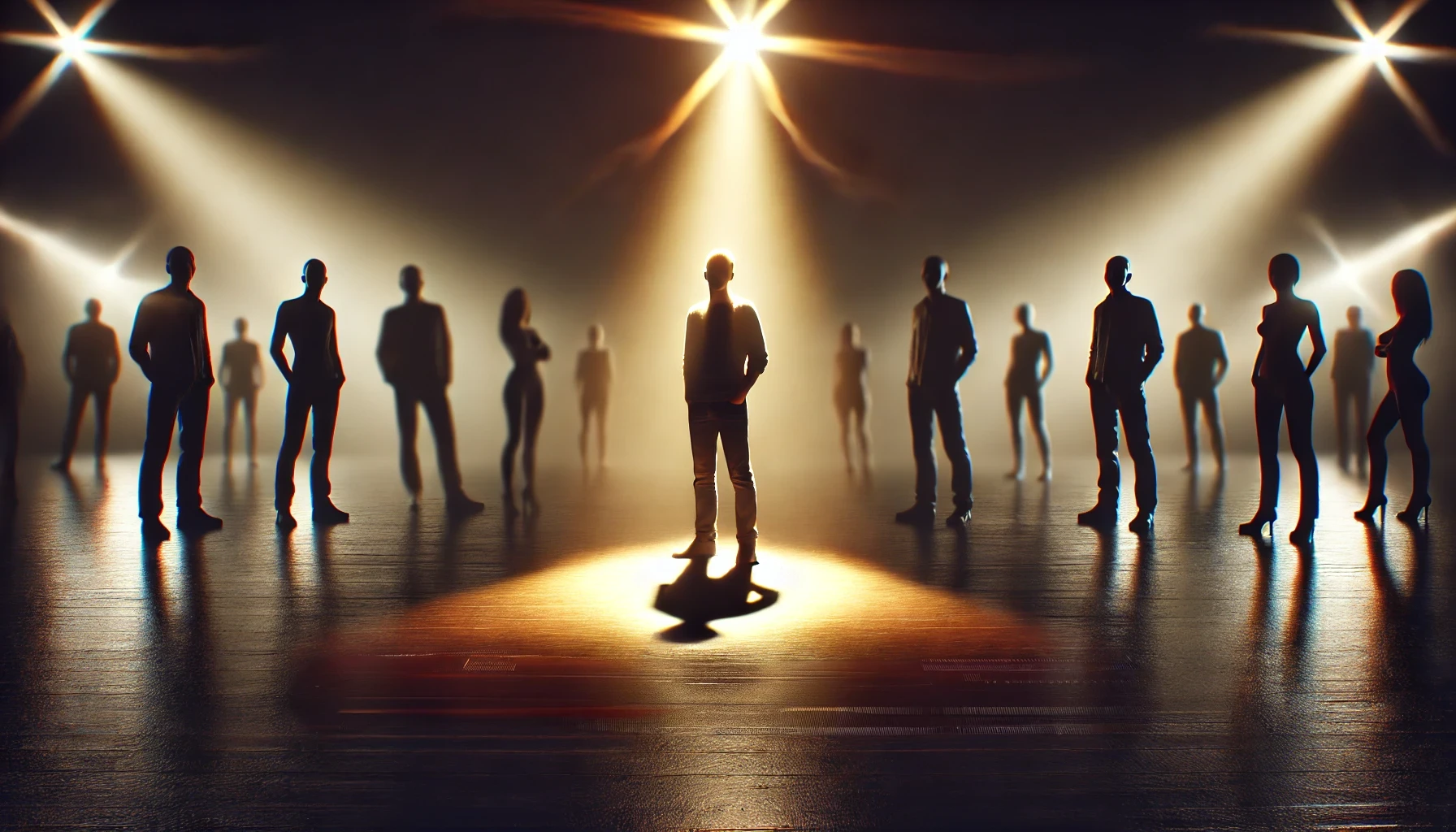
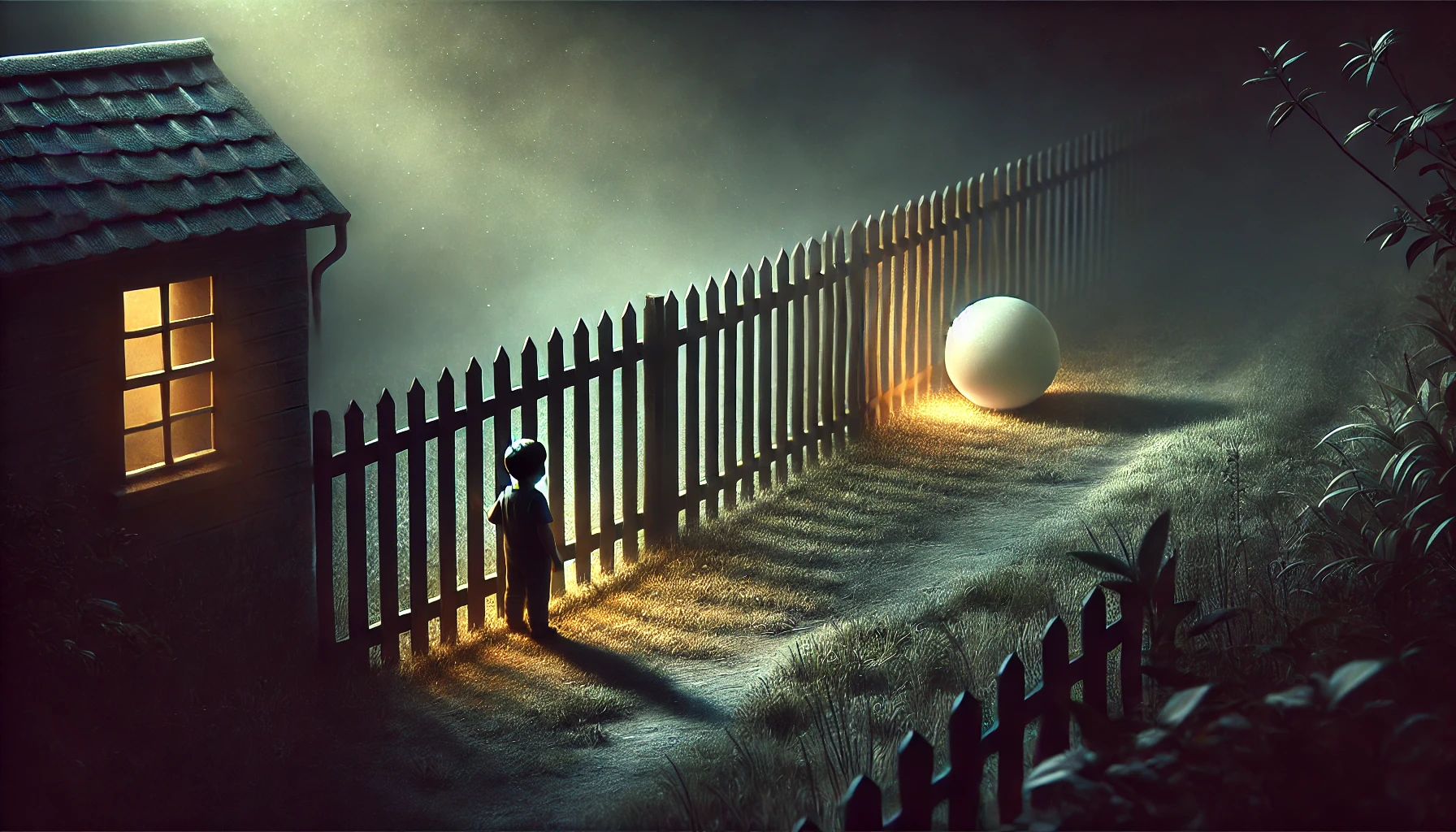
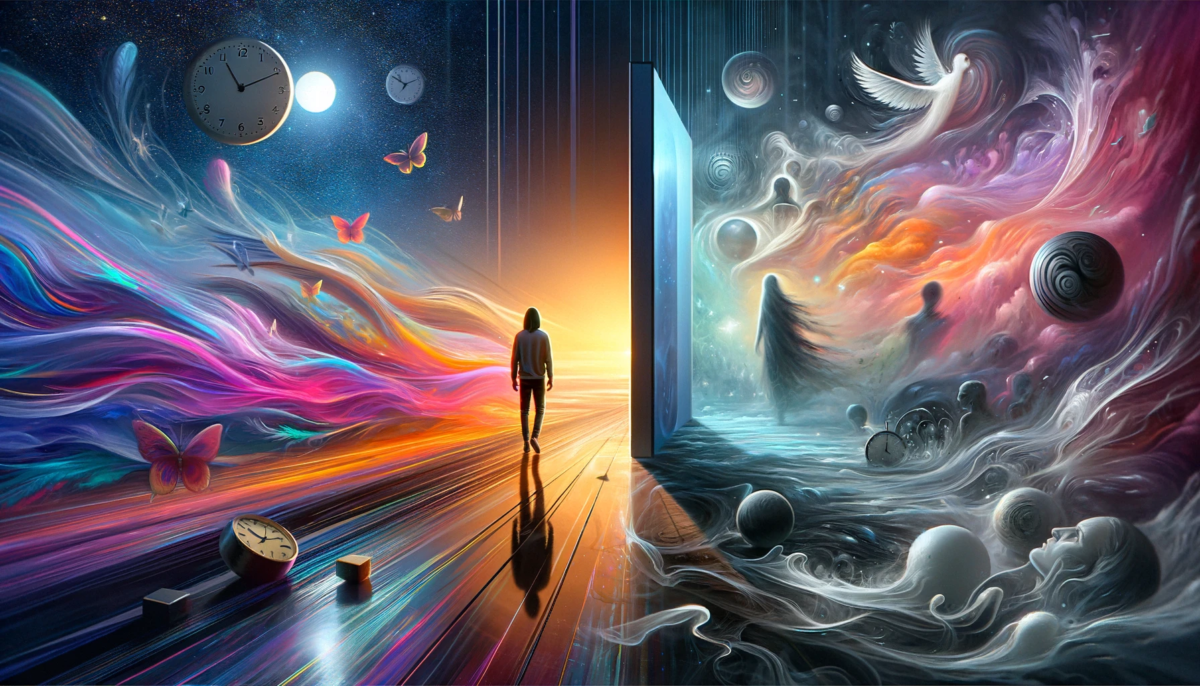
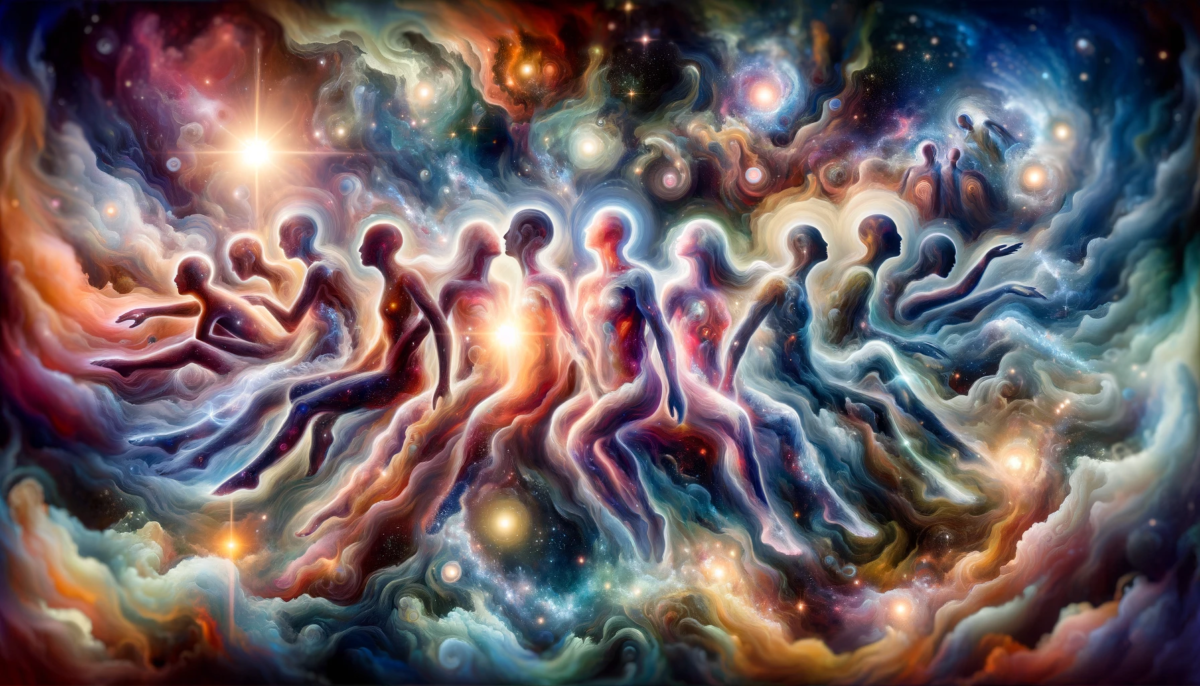
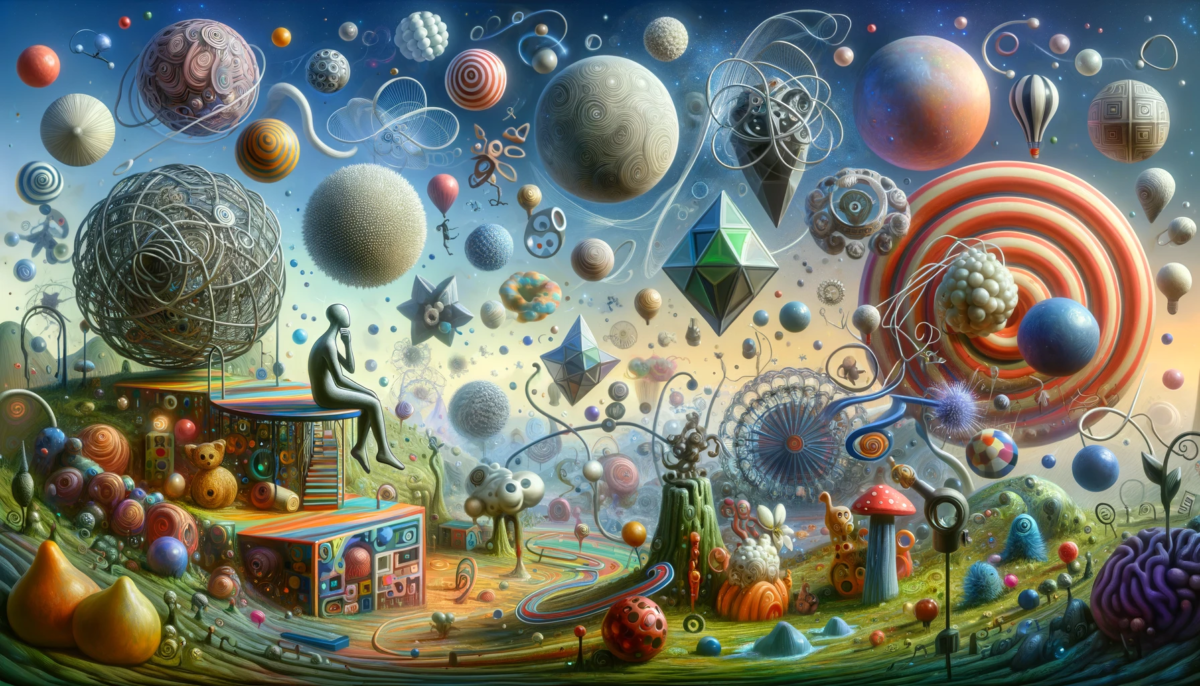
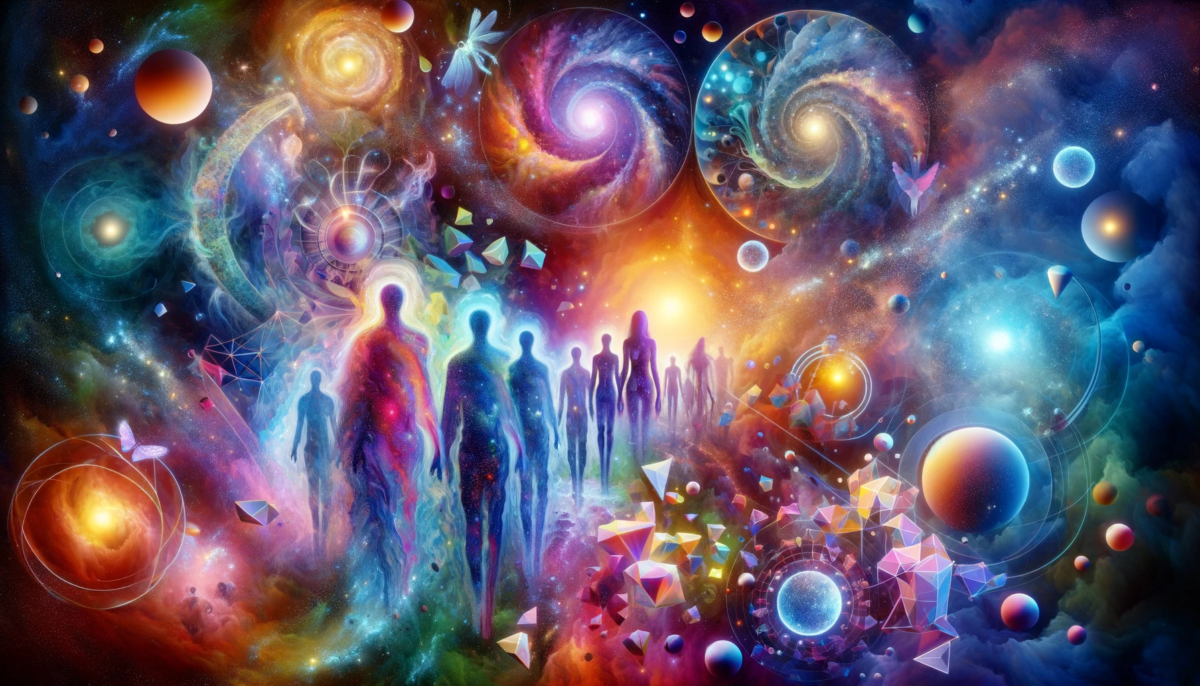
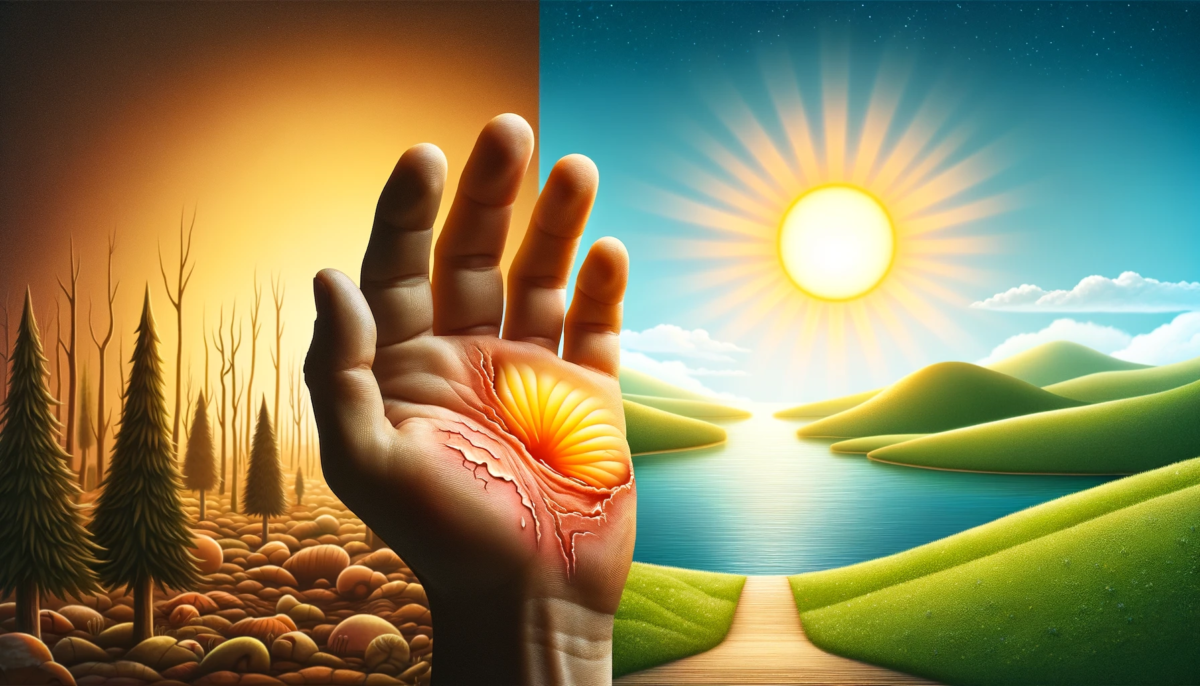
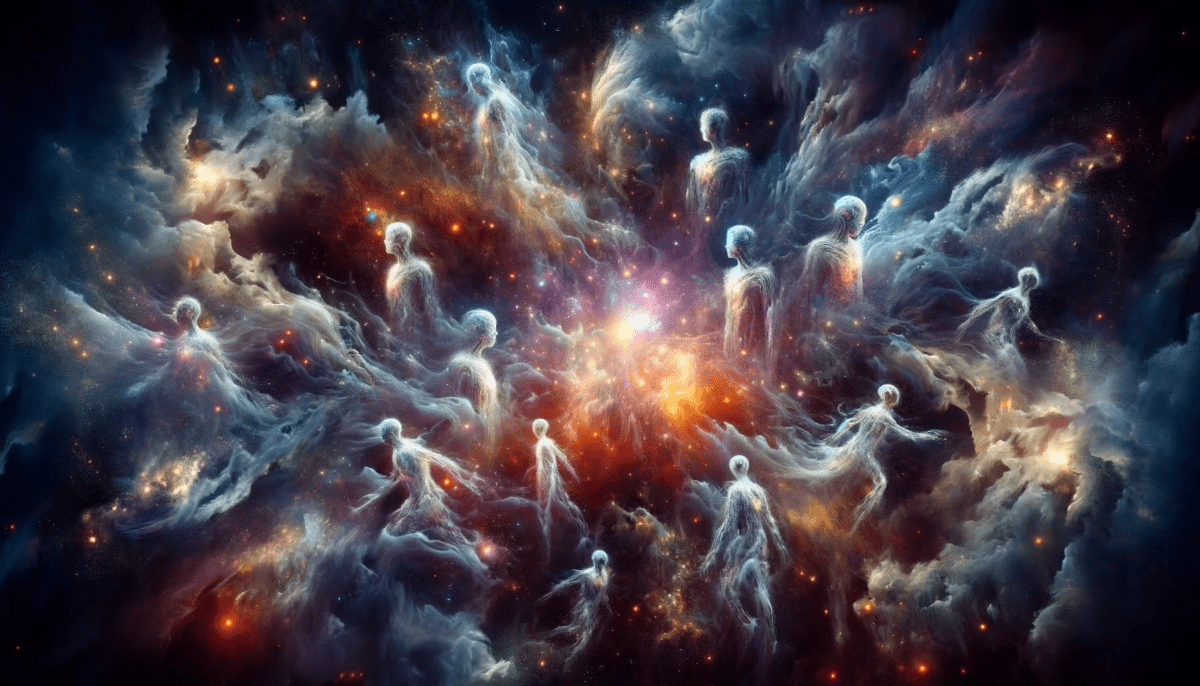
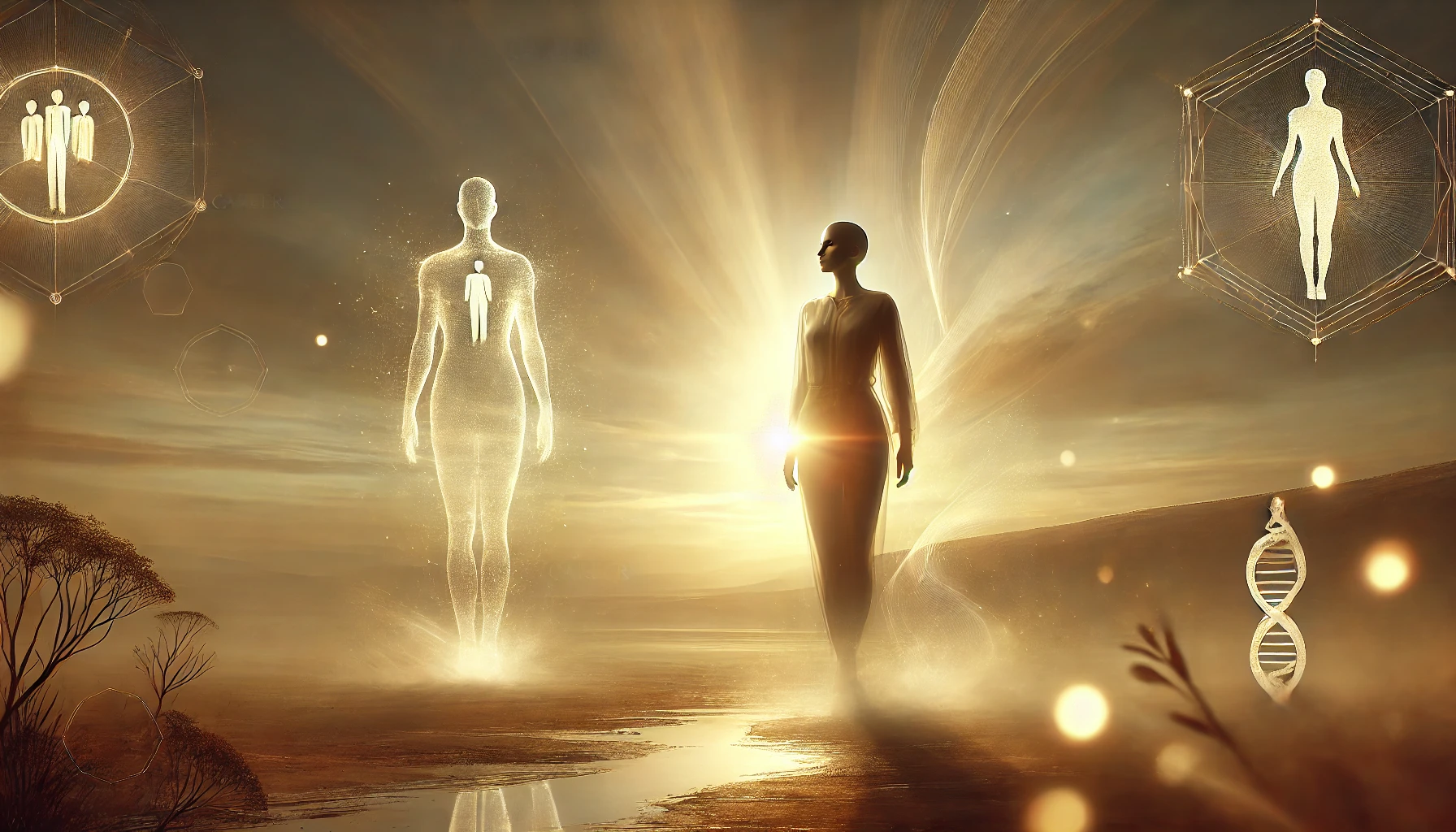
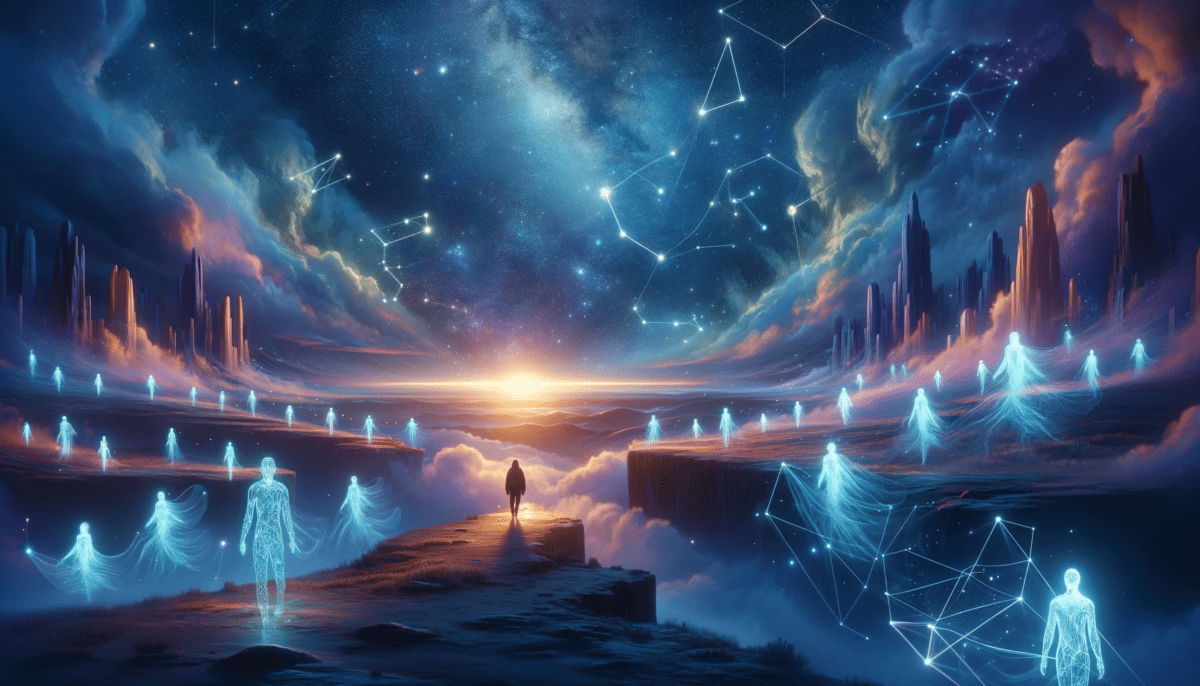
This poem raises some thought-provoking questions about the nature of morality and its relationship to emotion. It challenges the idea that feelings are inherently linked to our judgments of right and wrong, and questions the origins and validity of these judgments.
The poem invites us to consider whether our beliefs about morality are simply learned behaviors or whether there is a deeper, inherent truth to them. It also prompts us to question whether the existence of rules and commandments is necessary for a society to function, or whether they actually create more problems than they solve.
Overall, this poem encourages us to critically examine our assumptions about morality and to consider the possibility that there may be more to right and wrong than what we have been taught.